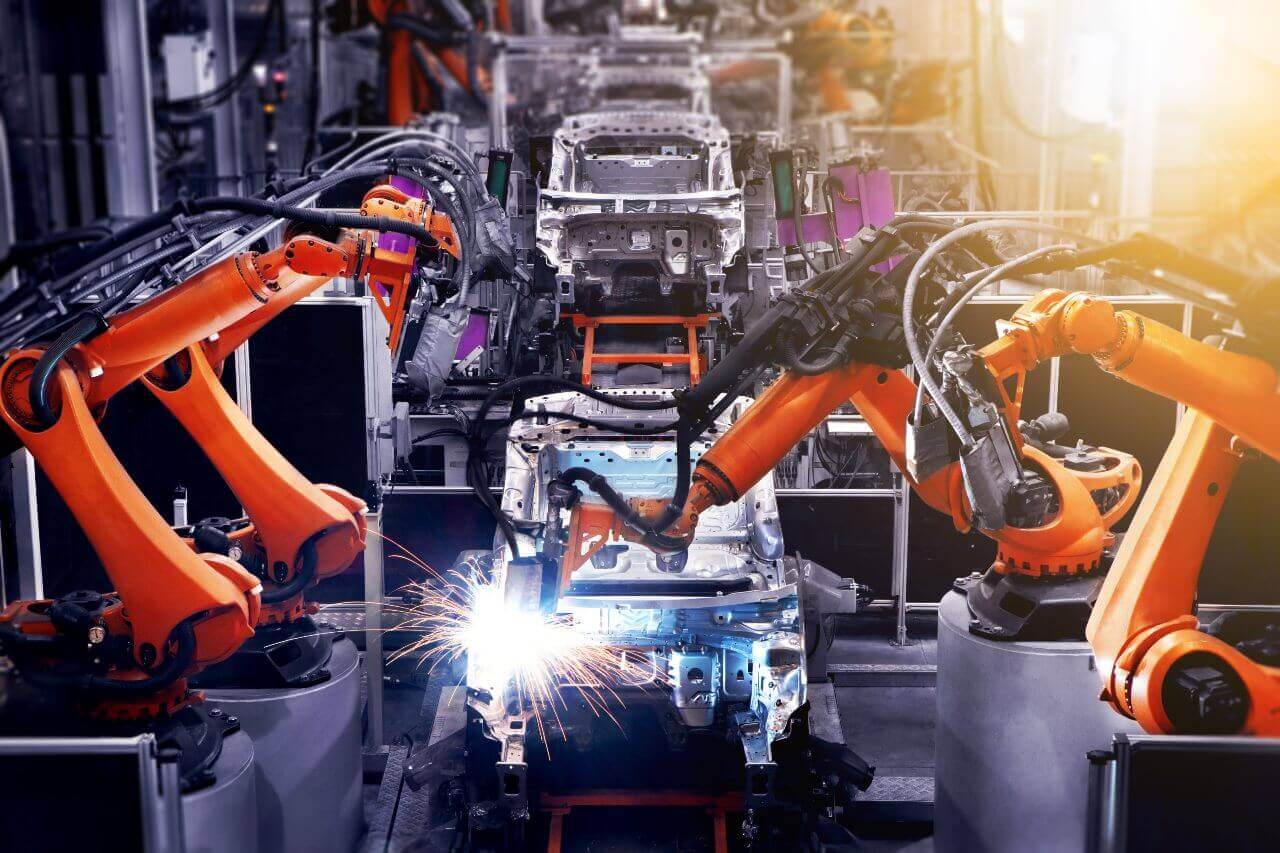Artificial Intelligence AI just became word of mouth after the emergence of the GPT chat Bot. No offense, but the integration of artificial intelligence (AI) has revolutionized the landscape of product manufacturing factories in many ways.
Among these various ways, there are two prominent areas where AI is making significant strides: Vibration Monitoring and Predictive Maintenance. This transformative combination ensures operational efficiency and minimizes downtime, ultimately leading to increased productivity and cost savings.
AI X Vibration Monitoring in Manufacturing
Vibration monitoring is a critical aspect of ensuring the health and performance of machinery in manufacturing plants. AI-powered sensors continuously collect and analyze vibration data from various equipment.
The real-time insights obtained from these sensors enable manufacturers to identify abnormalities, detect potential faults, and even predict equipment failures before they occur.
AI for Early Fault Detection
AI algorithms excel in recognizing patterns and anomalies within vast datasets. By analyzing the vibration patterns of machinery, AI can identify subtle deviations that might indicate impending failures.
This early fault detection capability allows manufacturers to address issues proactively, preventing costly breakdowns and unplanned downtime.
AI for Condition Monitoring
Vibration monitoring through AI enables condition-based maintenance. Instead of relying on fixed schedules for maintenance, manufacturers can tailor their maintenance activities based on the actual condition of the equipment.
This approach optimizes resources and prolongs the lifespan of machinery by addressing issues precisely when needed.
Predictive Maintenance with AI
Predictive maintenance uses AI’s predictive analytics capabilities to forecast when equipment will likely fail. This proactive approach minimizes downtime, reduces maintenance costs, and extends the overall lifespan of machinery.
Data-Driven Decision Making
AI algorithms analyze historical data, equipment performance metrics, and environmental aspects to predict when maintenance is required.
By making decisions based on data rather than arbitrary schedules, manufacturers can allocate resources more efficiently, focusing on equipment that genuinely needs attention.
Cost Savings and Increased Productivity
The implementation of predictive maintenance not only reduces unplanned downtime but also contributes to substantial cost savings.
Manufacturers can avoid unnecessary maintenance tasks and minimize the need for emergency repairs, resulting in improved overall productivity and profitability.
Ending Note
Incorporating AI-driven Vibration Monitoring and Predictive Maintenance in product manufacturing factories marks a paradigm shift in how these industries manage their assets. This transformative approach enhances equipment reliability and contributes to significant cost savings, making it a crucial component in the pursuit of operational excellence. Manufacturers utilizing these technologies can thrive when efficiency and sustainability are prominent.

